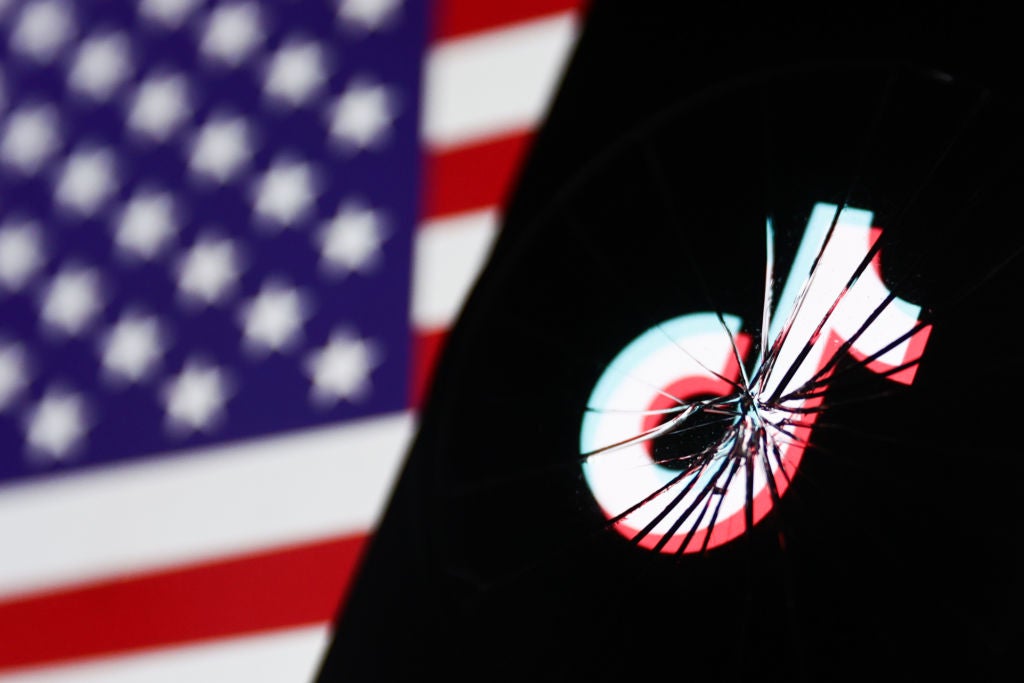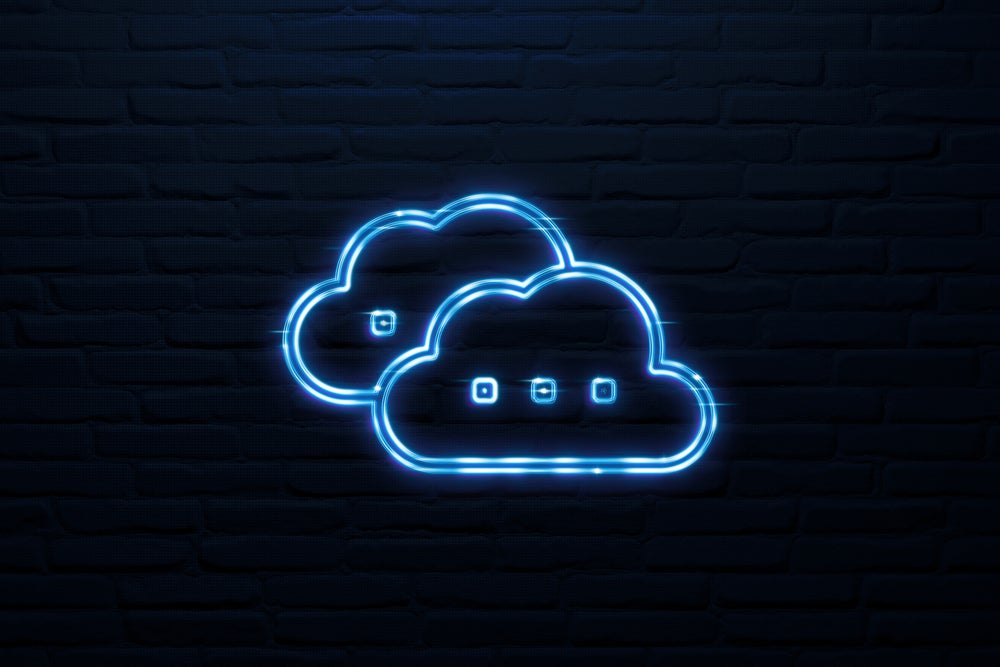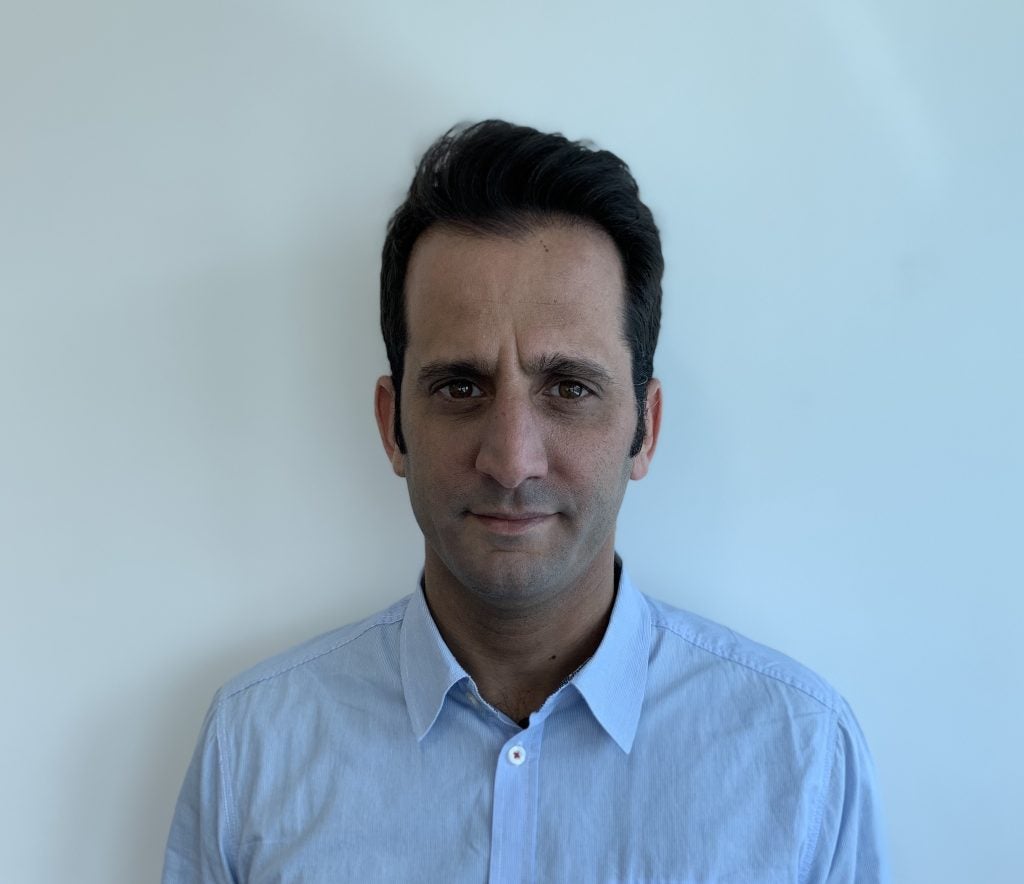The technology industry continues to be a hotbed of patent innovation. Activity is driven by the increasing awareness of the importance of indoor air quality and environmental conditions on health and productivity, stringent regulations, as well as growing focus on sustainability, and growing importance of technologies such as IoT sensors, data analytics, and advanced heating, ventilation, and air conditioning (HVAC) systems. In the last three years alone, there have been over 1.5 million patents filed and granted in the technology industry, according to GlobalData’s report on Automated home in technology: building environment monitoring. Buy the report here.
According to GlobalData’s Technology Foresights, which uses over 1.6 million patents to analyze innovation intensity for the technology industry, there are 185+ innovation areas that will shape the future of the industry.
Building environment monitoring is a key innovation area in automated home
Building environment monitoring encompasses gathering and assessing data pertaining to the surrounding conditions within a structure. This encompasses parameters like temperature, gas concentrations, humidity, air quality, and other environmental elements that influence the well-being, safety, and contentment of occupants in the building. Such monitoring systems are instrumental in identifying potential risks, enhancing energy conservation, and offering immediate feedback on the state of the environment within a building.
GlobalData’s analysis also uncovers the companies at the forefront of each innovation area and assesses the potential reach and impact of their patenting activity across different applications and geographies. According to GlobalData, there are 350+ companies, spanning technology vendors, established technology companies, and up-and-coming start-ups engaged in the development and application of building environment monitoring.
Key players in building environment monitoring – a disruptive innovation in the technology industry
‘Application diversity’ measures the number of applications identified for each patent. It broadly splits companies into either ‘niche’ or ‘diversified’ innovators.
‘Geographic reach’ refers to the number of countries each patent is registered in. It reflects the breadth of geographic application intended, ranging from ‘global’ to ‘local’.
Patent volumes related to building environment monitoring
| Company | Total patents (2010 - 2022) | Premium intelligence on the world's largest companies |
| Newcastle City Council | 4 | Unlock Company Profile |
| Gree Electric Appliances | 6 | Unlock Company Profile |
| Midea Group | 5 | Unlock Company Profile |
| Industrial and Commercial Bank of China | 4 | Unlock Company Profile |
| Gurunavi | 4 | Unlock Company Profile |
| Motorola Solutions | 5 | Unlock Company Profile |
| NIKE | 73 | Unlock Company Profile |
| Toyota Motor | 8 | Unlock Company Profile |
| Siemens | 5 | Unlock Company Profile |
| Haier Group | 5 | Unlock Company Profile |
| Alibaba Group | 11 | Unlock Company Profile |
| State Grid Corporation of China | 18 | Unlock Company Profile |
| SAP | 4 | Unlock Company Profile |
| F. Hoffmann-La Roche | 5 | Unlock Company Profile |
| Sony Group | 4 | Unlock Company Profile |
| Nippon Telegraph and Telephone | 4 | Unlock Company Profile |
| IBM | 11 | Unlock Company Profile |
| Honeywell International | 13 | Unlock Company Profile |
| China General Nuclear Power | 6 | Unlock Company Profile |
| Toshiba | 6 | Unlock Company Profile |
| NEC | 4 | Unlock Company Profile |
| Intel | 9 | Unlock Company Profile |
| China Mobile Communications Group | 5 | Unlock Company Profile |
| OPTiM | 4 | Unlock Company Profile |
| Chengdu Qinchuan Internet of Things Technology | 19 | Unlock Company Profile |
| Medcaptain Medical Technologies | 6 | Unlock Company Profile |
| MyOmega Systems | 10 | Unlock Company Profile |
| Datakwip | 8 | Unlock Company Profile |
Source: GlobalData Patent Analytics
Among the companies innovating in building environment monitoring, Chengdu Qinchuan Internet of Things Technology is one of the leading patents filers. The company’s patents are aimed at describing a method for managing traffic scheduling in a smart city. This involves retrieving traffic data from a designated area within the current time frame, encompassing details like vehicle speeds on specific roads. Predictions are then made about potential congestion areas in the forthcoming time period based on this data. The system further evaluates if a change in the traffic scheduling strategy is warranted, considering the traffic data from these projected congestion areas in the upcoming time. If a switch is deemed necessary, the initial traffic scheduling strategy is then substituted with a second one. The other prominent patent filers in the space include NIKE and State Grid Corporation of China.
In terms of application diversity, NIKE leads the pack, while True Manufacturing Company and Intel stood in second and third positions, respectively. By means of geographic reach, NIKE held the top position, followed by Porsche Automobil and Intel.
Building environment monitoring tracks factors like air quality, temperature, humidity, and occupancy levels, it ensures optimal conditions for occupants. This is crucial for environments like offices, hospitals, and schools, where well-being is paramount. Building environment monitoring systems can swiftly detect potential hazards, optimize energy usage, and provide real-time insights for prompt responses. Overall, it contributes to creating safe, sustainable, and comfortable indoor environments, ultimately enhancing the well-being and productivity of occupants.
To further understand the key themes and technologies disrupting the technology industry, access GlobalData’s latest thematic research report on Automated Home.
Data Insights
From

The gold standard of business intelligence.
Blending expert knowledge with cutting-edge technology, GlobalData’s unrivalled proprietary data will enable you to decode what’s happening in your market. You can make better informed decisions and gain a future-proof advantage over your competitors.







